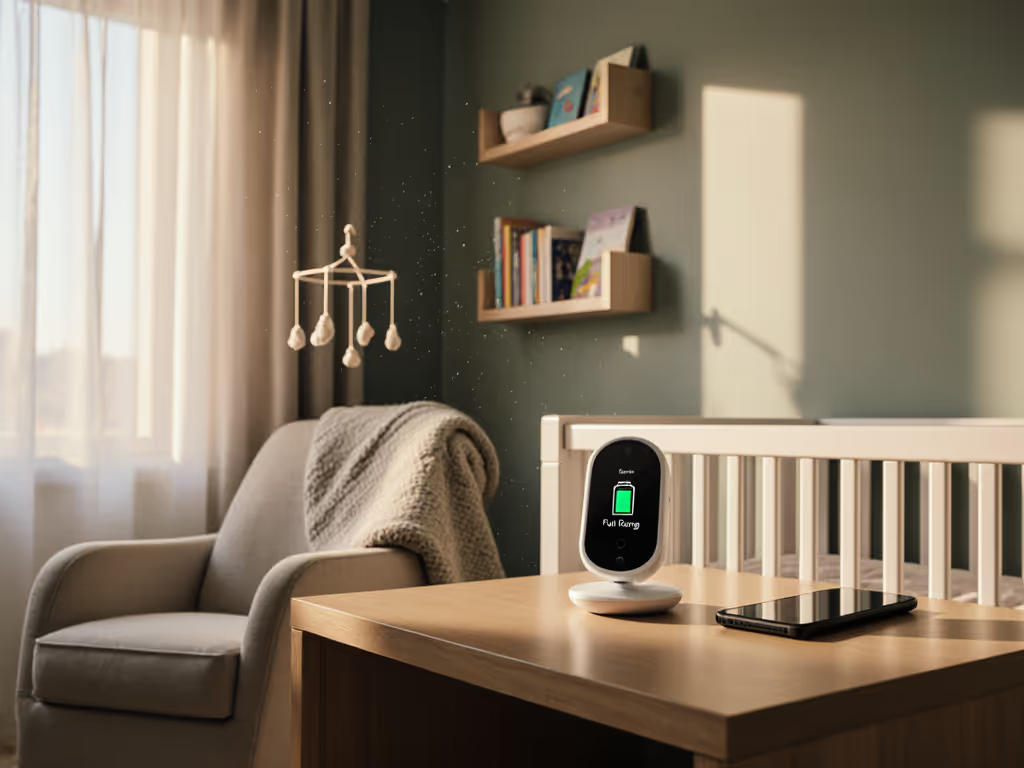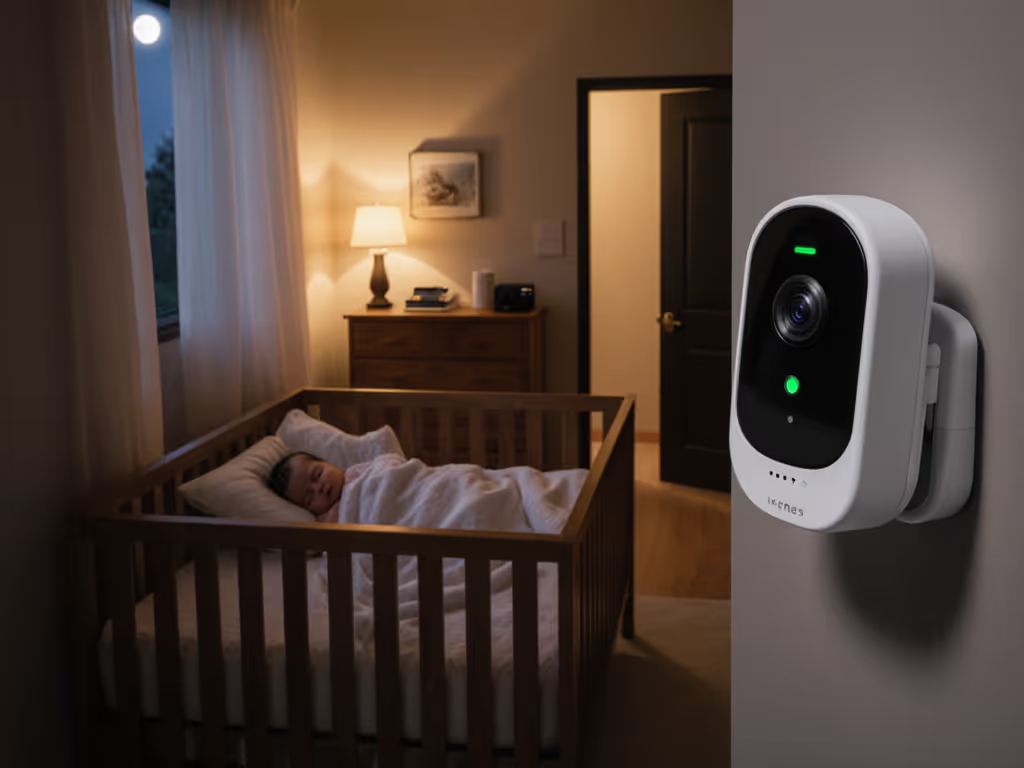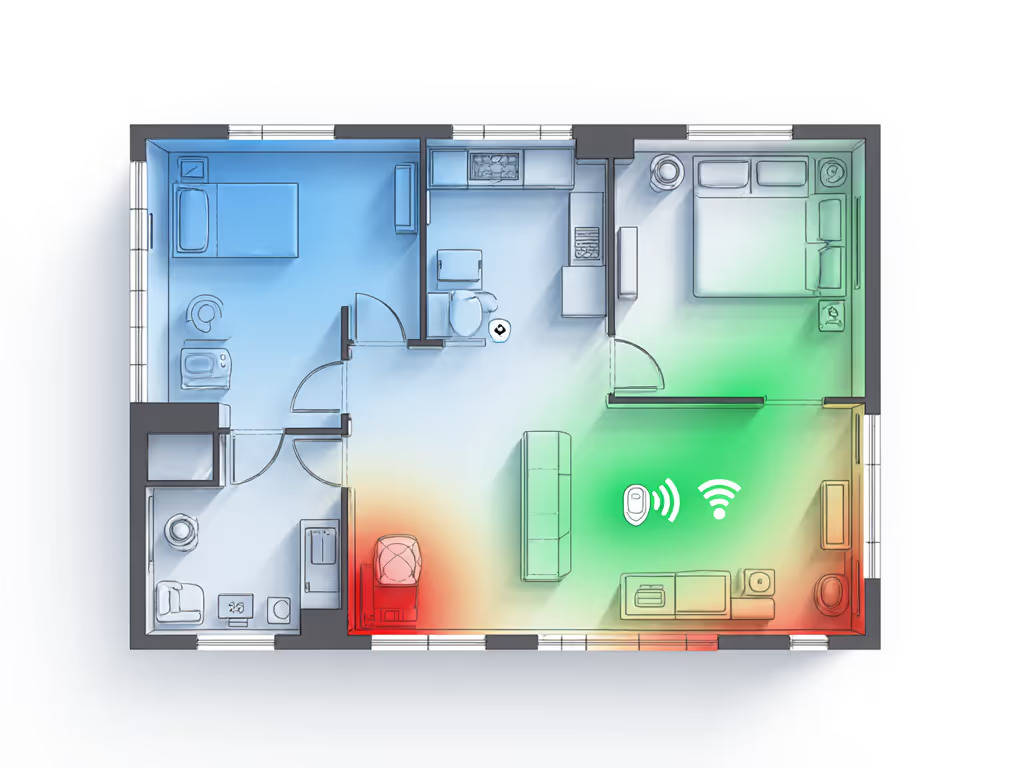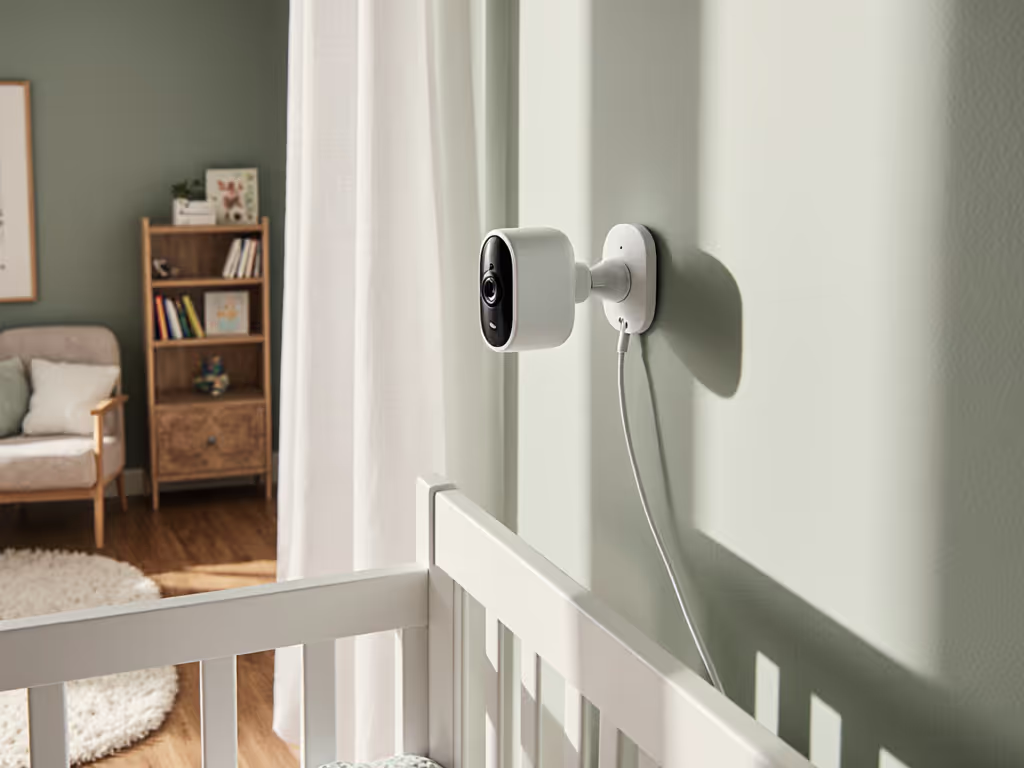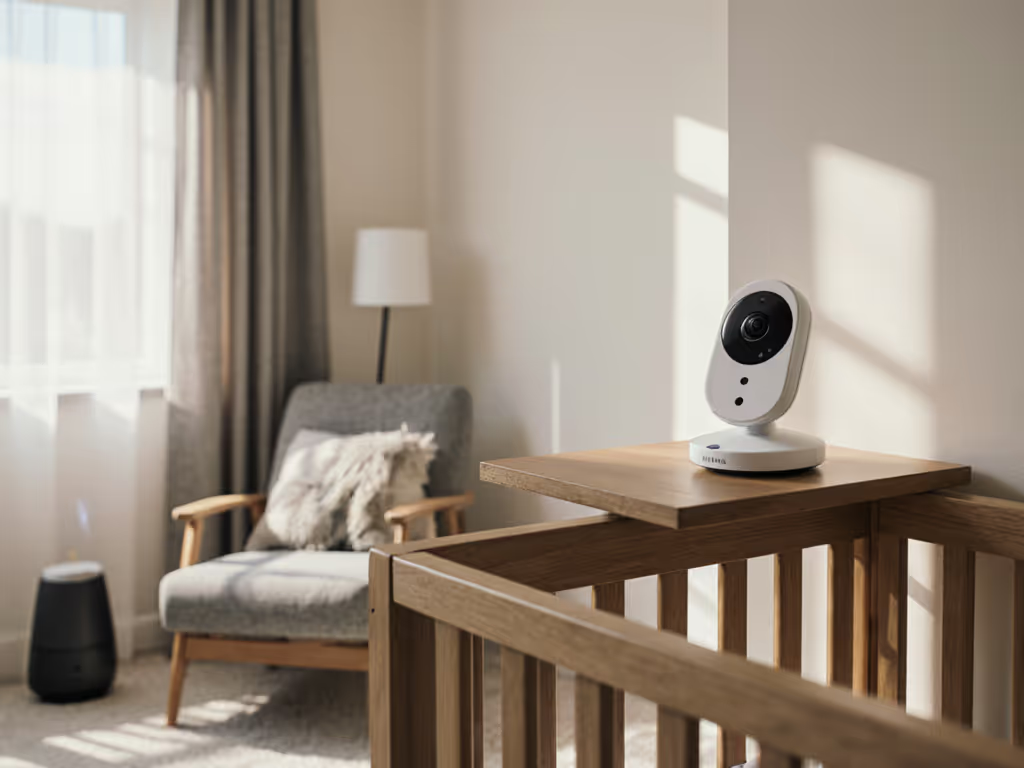As a parent navigating sleep training, your baby monitor sleep training setup is mission-critical. But raw specs like "1,000-foot range" mean nothing if your plaster walls or kitchen appliances murder the signal. Sleep training monitor features like cry detection or night vision fail when placement ignores your home's physics. I've seen parents reboot Wi-Fi monitors hourly during Ferber method checks while DECT units in the same house streamed flawlessly. Map the house, then pick the monitor, not vice versa. For a step-by-step walkthrough, see our strategic placement guide. Small moves, big gains, like shifting a base unit 12 inches away from ductwork to kill interference. Let's fix your coverage gaps.
How Do Wall Materials Actually Affect My Sleep Training Monitor?
Plaster, brick, foil-backed insulation, and metal studs aren't just construction details, they're signal assassins. During a consultation last winter, a client's gentle sleep training monitor kept glitching at 2 a.m. The culprit? Metal studs in their 1930s apartment amplifying Wi-Fi congestion from neighbors. We repositioned their camera to bypass the load-bearing wall, and latency dropped from 8 seconds to near real-time.
Critical Material Callouts:
- Plaster/lath walls: Absorb 2.4 GHz signals like a sponge. Test placement before mounting, hold the camera where you plan to install it and watch for pixelation.
- Foil-backed insulation: Creates a Faraday cage. If your monitor dies near exterior walls, swing the camera toward interior walls.
- Metal framing: Reflects signals unpredictably. Avoid placing units between metal studs, center them in bays instead.
"A monitor's specs reflect lab conditions, not your renovated Victorian with copper pipes. Measure your signal paths like a blueprint."
Where Should I Position the Camera for Nighttime Sleep Training?
Nursery light monitoring fails when night vision floods the scene. IR glare from white cribs or glossy walls obscures breathing movements, a nightmare during gentle sleep training. One hack: angle the camera downward at 30 degrees to avoid direct reflection off mattresses. For Ferber method monitor setups, ensure the lens captures the entire crib (not just the baby's face). Missed roll-overs trigger panic when you see flailing limbs in tight shots.
Placement Heuristics for Dark Rooms:
- Avoid ceiling mounts over cribs: Creates harsh top-down shadows. Mount at 45-degree angles to the mattress for even illumination.
- Bypass shiny surfaces: Move cameras away from closet mirrors or metallic mobiles.
- Test with blankets: Cover a doll in swaddles to confirm the camera detects obscured faces, a key Nanit Pro advantage with its overhead view.
A townhouse client's camera consistently dropped when the oven preheated. We shifted the parent unit one room over and angled the base station away from HVAC ducts. No more midnight false alarms during sleep training.
How Far Can I Really Move From the Nursery During Sleep Training?
"Whole-home coverage" claims evaporate near kitchens or laundry rooms. If you're deciding between technologies, our WiFi vs non-WiFi guide explains reliability trade-offs during sleep training. Microwaves, baby sound machines, and even vibrating dryers emit 2.4 GHz noise that drowns FHSS or Wi-Fi signals. In a recent sleep schedule tracking test:
- DECT monitors: Maintained audio through 2 plaster walls (no video dropouts).
- Wi-Fi monitors: Failed past 1 brick wall unless paired with Ethernet backhaul.
Before/After Maps That Matter:
| Zone | Wi-Fi Monitor Range | FHSS Monitor Range |
|---|
| Next room (drywall) | Stable | Stable |
| Kitchen (microwave on) | Signal lost | 1-sec audio lag |
| Backyard (15 ft) | Pixelated | Clear audio |
| Garage (concrete) | Dead | Audio-only fallback |
Families using the Ferber method monitor need split-second latency to judge settling vs. distress. When Wi-Fi dips, FHSS units often switch seamlessly to audio, critical for parents waiting to intervene.
What's the Quickest Fix for Spotty Outdoor Coverage?
Need to hear cries while gardening or taking out trash? Avoid extending Wi-Fi (it adds latency). For bigger yards or multi-story homes, see our long-range monitor picks. Instead:
- Anchor your base station near a central window facing your yard.
- Elevate the unit 3-4 feet off the ground, signals hug walls at floor level.
- Kill interference sources: Unplug smart speakers near windows; their Bluetooth LE disrupts 2.4 GHz bands.
One parent gained 50+ feet of patio coverage by moving their monitor off a metal nightstand onto a wooden shelf. No gear upgrades, just smarter placement.
Final Checklist Before Sleep Training Starts
- Map interference zones: Walk your floor plan with the monitor during peak appliance use (dinner hour!). Note dropouts near kitchens/launderies.
- Test night vision with blankets: Confirm no IR glare obscures the baby's face.
- Verify audio latency: Have a partner time the gap between claps and sound playback. Stay under 2 seconds for sleep training.
- Pre-position backup units: Keep a charged DECT monitor in the master bedroom for Wi-Fi outages.
Real-world reliability beats specs every time. Don't anchor your sleep training monitor features to marketing promises, anchor them to your home's material reality. When a monitor's placement respects your walls and appliances, you'll finally stop questioning if that whimper is a cry. Grab a tape measure and a floor-plan overlay this weekend. Your first full night's sleep starts with centimeters, not megahertz.
